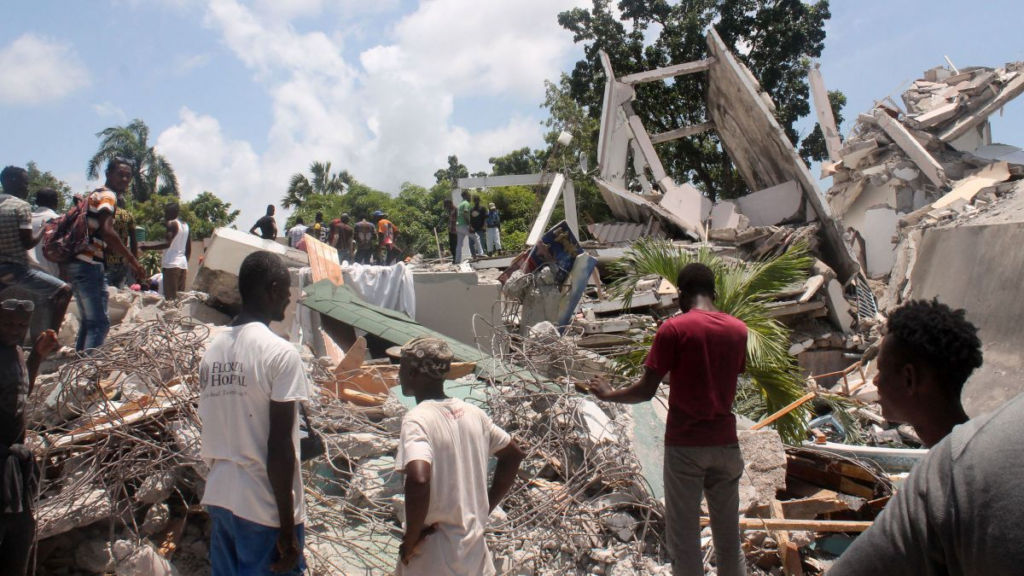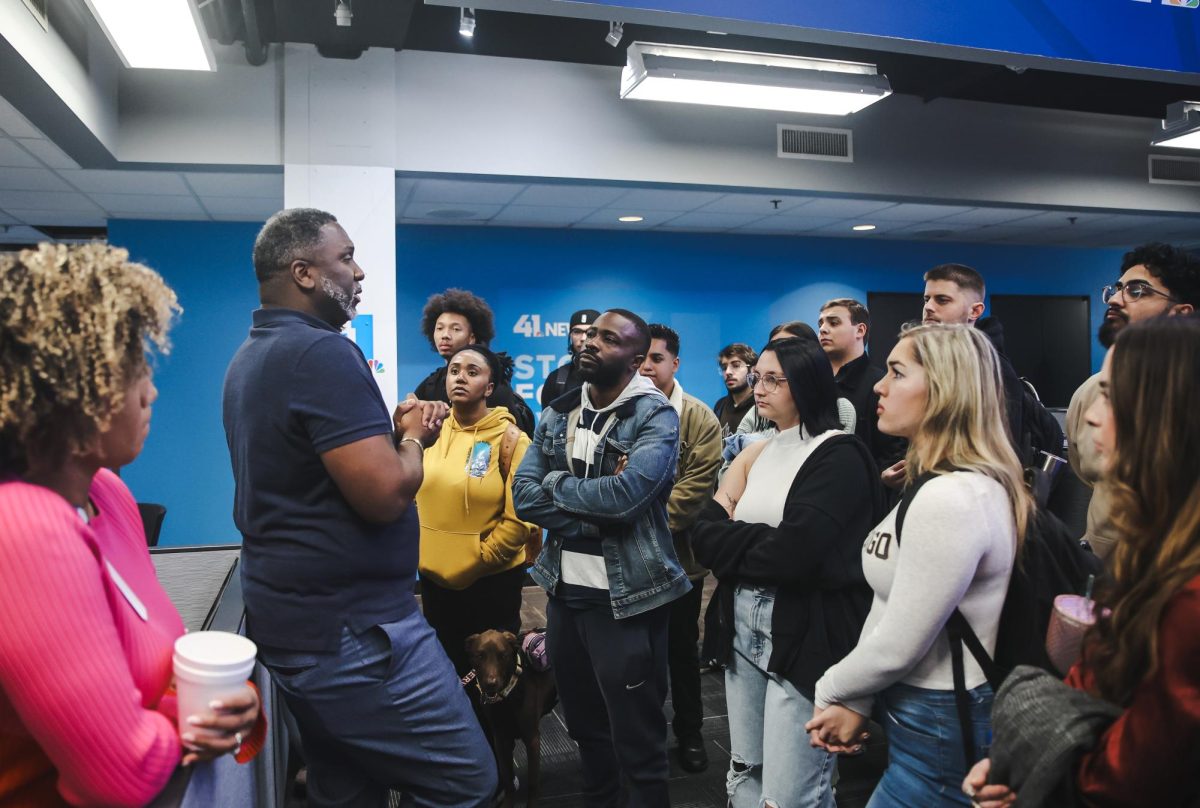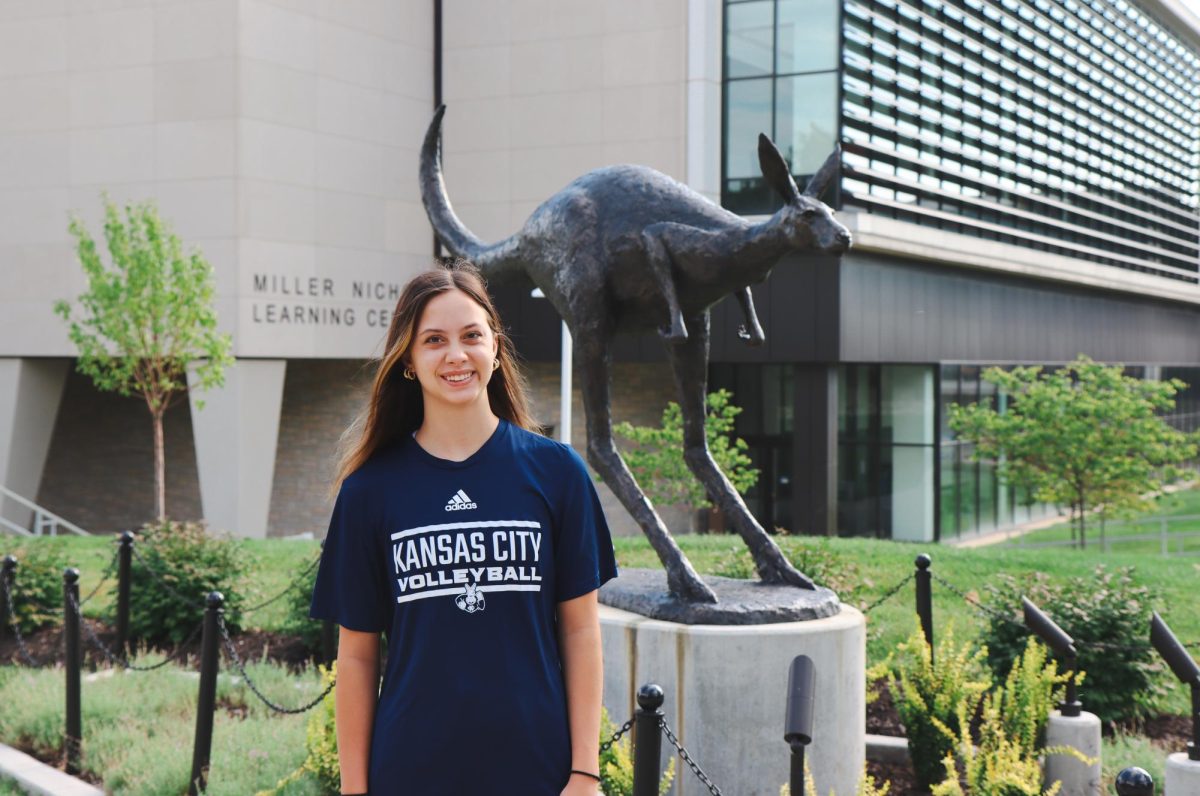A 7.2 magnitude earthquake rocked Haiti’s southern peninsula on Aug. 14, toppling buildings and killing thousands. The estimated death toll sits at 2,200, with around 12,000 injured and many more still missing.
The United States Geological Survey (USGS) reported the quake to be more powerful than the one that hit near the country’s capital city in January 2010, which had a 7.0 magnitude and killed 220,000 people. Seismologists reported rumblings reaching as far as Jamaica over 200 miles away.
Aftershocks reportedly continue to shake the country in the days after the disaster. Some of these even reached a magnitude of five, threatening to collapse more buildings.
“About 1 in 20 mainshocks, like the 7.2, are followed by a similar-sized or larger quake, within the first week,” the USGS said. “This chance goes down with time however, and large aftershocks can occur even months after the mainshock.”
The quake struck 78 miles west of Haiti’s capital, Port-au-Prince, and affected two cities, Les Cayes and Jeremie. This same region was battered by Hurricane Matthew in 2016, which killed nearly 900 people and reportedly destroyed 90% of some areas, including the main road connecting the peninsula to the capital. The region was still recovering from this disaster when the quake happened.
The quake struck in the midst of immense political turmoil following the assassination of its leader, President Jovenel Moïse, on July 7.
The country remains one of the poorest in the world, with 60% of the population earning less than $2 a day. A power vacuum, severe poverty and rampant gang violence left the country ill-prepared to handle a disaster of this scale.
Relief efforts and aid are pouring into Haiti from around the world, including UMKC.
“The students at the UMKC School of Medicine St. Joseph Campus have organized a fund-raising effort to help Haitians during their time of need,” said Steve Waldman, the vice dean of strategic initiatives for the UMKC School of Medicine.
Waldman works with the Office of International Programs, which has a partnership program called Visiting Students Learning Opportunities (VSLO). This program allows UMKC Medical Students to take part in over 2,000 clinical, service learning or research rotations in 44 countries around the world, including Haiti. No students were working in Haiti at the time of the earthquake.
Students can donate to other organizations which are helping with the relief effort. Compiled and approved by charitynavigator.org, these organizations come from a long list of vetted charities that are dedicated to helping the people of Haiti through the crisis.
Hope for Haiti is an international organization that has operated in Haiti for 30 years, working to eradicate the poverty there by improving education, healthcare and infrastructure. The organization has already responded to the earthquake by distributing emergency kits, visiting schools and communities to assess the damage, and packing over 25 pallets of medical supplies that are set to be delivered to Les Cayes.
Direct Relief operates in all 50 states and over 80 countries to improve the lives of those affected by poverty or natural disasters. This group already has established hospitals and clinics in Haiti that allow for rapid response. In addition to the hospitals, Direct Relief has mobilized emergency tents and supplies to the country.
Team Rubicon recruits veterans to assist with disasters and humanitarian crises by utilizing their unique skills and experiences to respond quickly and efficiently. They have volunteers working in Haiti’s emergency rooms and have seen over 500 patients so far.
cbskbf@umsystem.edu








